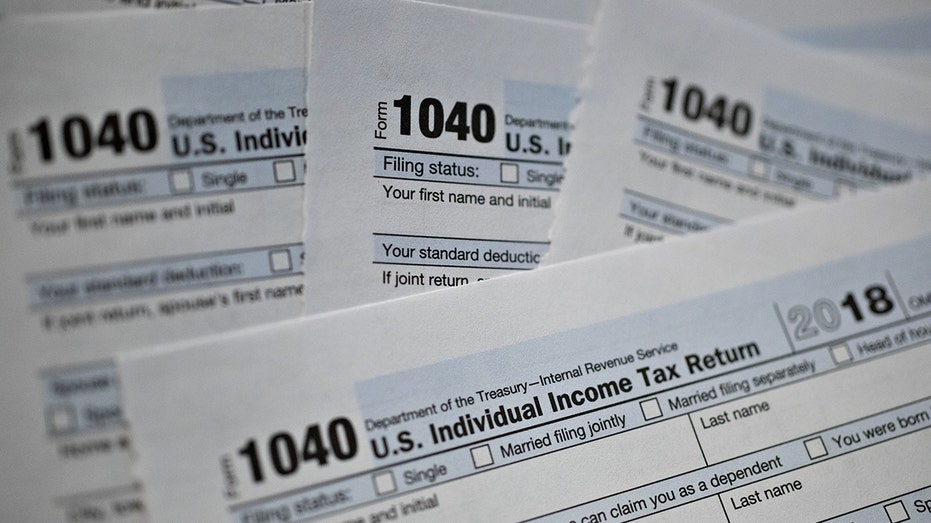Wealthy New Yorkers fled city en masse as high-tax state exodus persists
10% of New Yorkers earning over $750K departed city in 2020
A staggering number of wealthy Americans fled New York in the early days of the COVID-19 pandemic, departing the state with the highest tax burden in the nation, according to new data.
The number of New Yorkers earning between $150,000 and $750,000 fell by about 6% between 2019 and 2020.
The decline is even more stark among higher earners: The number of Individuals earning more than $750,000 plunged by nearly 10% during that same time period, according to income and tax liability data released by the city Independent Budget Office this week.
The City first reported the news.
IRS SAYS YOUR TAX REFUND COULD BE SMALLER IN 2023 – HERE'S WHY

New York's Lower Manhattan skyline, including the One World Trade Center, left, is reflected in water on April 6, 2013, as seen from Liberty State Park in Jersey City, N.J. ((AP Photo/Mel Evans) / AP Newsroom)
New York has been grappling with an exodus of high-income earners since former President Donald Trump’s 2017 tax law placed a $10,000 cap on state and local tax deductions. Many of the wealthy residents — including billionaire investor Carl Icahn — are leaving for lower-tax destinations like Florida, Tennessee and Texas.
While it's unclear whether the departure of rich individuals in 2020 is directly linked to the high tax burden in New York, the loss of wealthy residents dinged the city's income tax collection. In fact, the 41,000 filers in the top 1% pay more than 40% of all income taxes. Another two-thirds is paid by about 450,000 individuals in the top 10%, while the remaining 90% pays the final third.
The Internal Revenue Service previously reported that about 300,000 of New York City's wealthiest residents who left the city in 2020 collectively earned $21 billion in total income in 2021.
IRS WARNS AMERICANS ABOUT $600 THRESHOLD TO REPORT VENMO, CASH APP PAYMENTS
New York has one of the highest tax burdens in the country, according to the Tax Foundation, a nonpartisan group that advocates for lower taxes.

U.S. Department of the Treasury Internal Revenue Service (IRS) 1040 Individual Income Tax forms for the 2018 tax year are arranged for a photograph in Tiskilwa, Illinois, on March 11, 2019. (Daniel Acker/Bloomberg via Getty Images / Getty Images)
Although the entire U.S. population as a whole grew by 0.1% between July 2020 and July 2021, according to the U.S. Census Bureau, the data underscores major differences in population growth at the state level.
For instance, New York saw its population decline by 1.8% between March 2020 and July 2021. But Idaho, with one of the lowest tax rates, actually saw its population size grow by 3.8%, belying the national trend.
In all, the average combined top marginal state and local income tax rate was just 3.5% for the top one-third of states for population growth. For the bottom one-third of states that saw their population decline, including Washington, D.C., the average combined top marginal state and local income tax rate was 7.3%.
CLICK HERE TO READ MORE ON FOX BUSINESS
"The picture painted by this population shift is a clear one of people leaving high-tax, high-cost states for lower-tax, lower-cost alternatives," Jared Walczak, a Tax Foundation analyst, said earlier this year. "The individual income tax is only one component of overall tax burdens, but it is often highly salient, and is illustrative here."





















